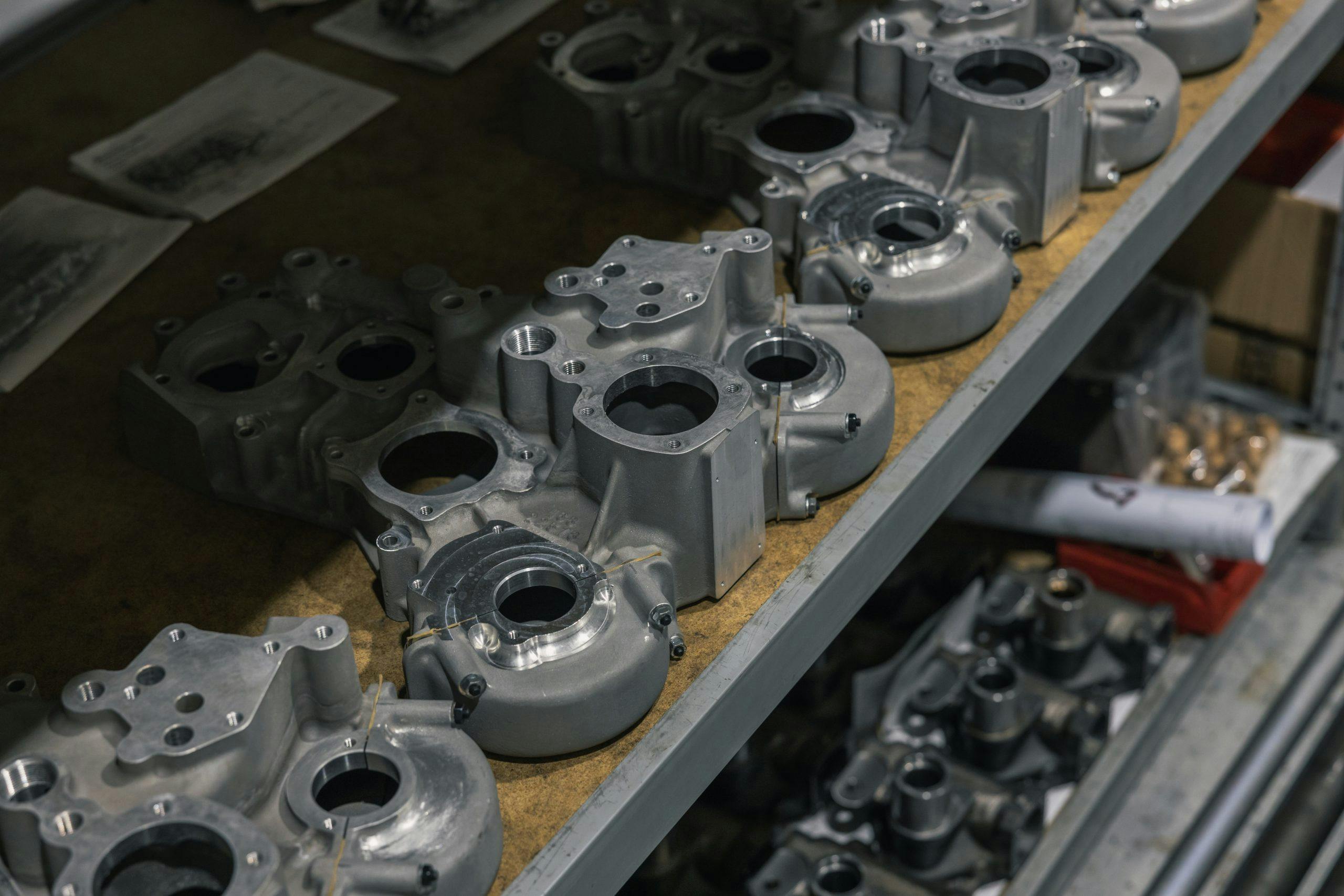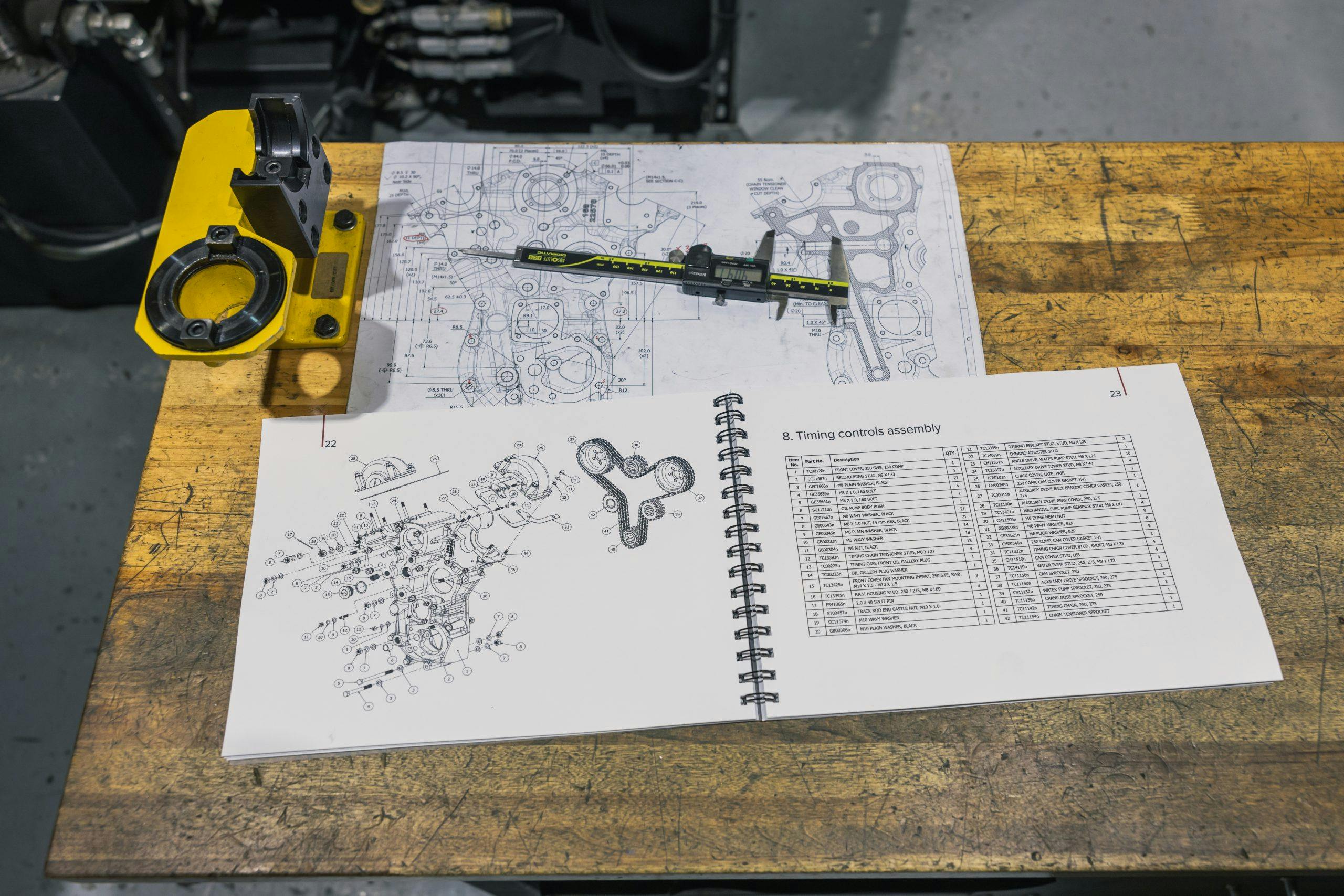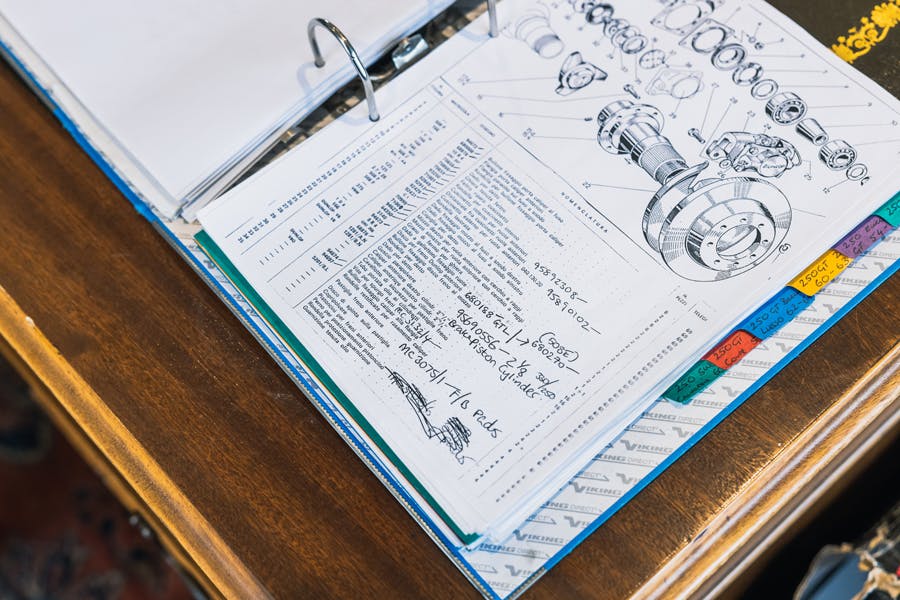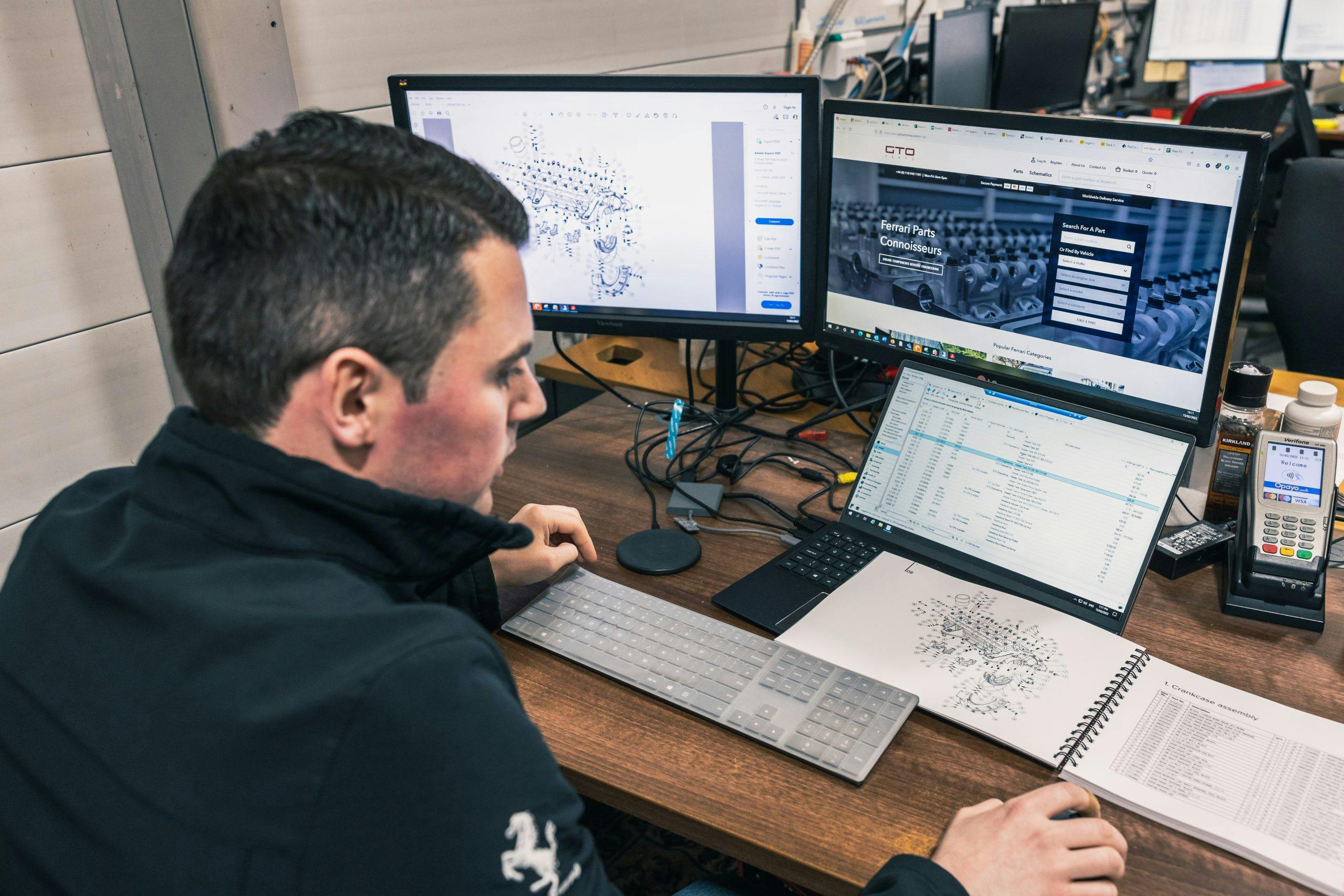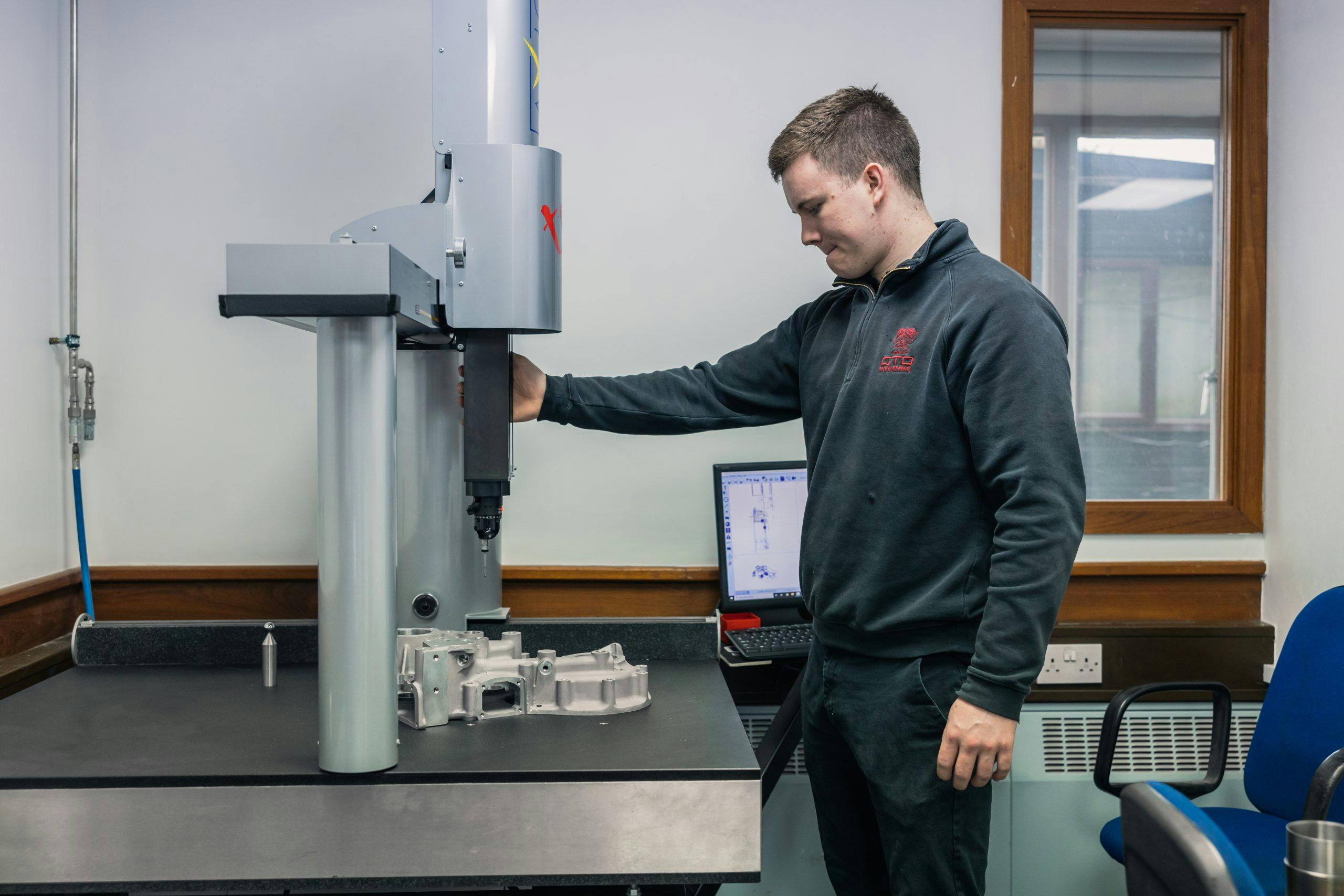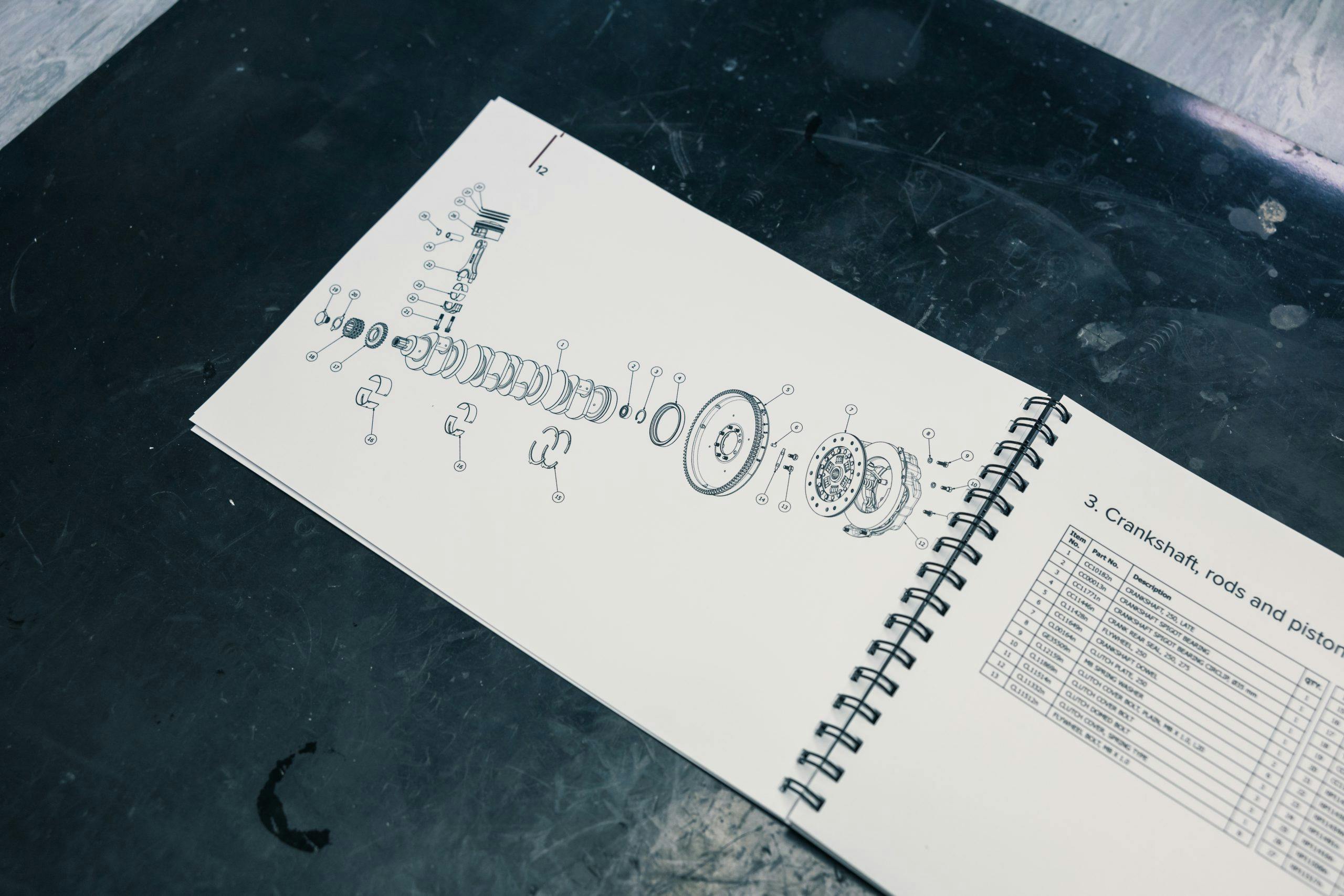Media | Articles
First-ever 250 GTO schematics published, VW’s $7.1B bet on U.S. EVs, Suzuki flies to India?
U.K. shop releases the 250 GTO schematics that Ferrari never did
Intake: Britain’s GTO Engineering has done something Ferrari never did by releasing a full set of technical schematic drawings for the 1959 through ’64 250 Series. (And on Maranello’s 75th anniversary year, too.) The shop, famous for its restoration work and its 250 SWB recreation, possessed drawings for more than 50 different Ferraris, but the 250 was missing. Using the firm’s scanning and CAD skills, GTO Engineering created a set of 33 drawings from scratch, detailing hundreds of components across 80 pages of a coffee table-worthy book which is now on sale online for around $130 plus shipping.
Mark Lyon, founder and managing director of GTO Engineering, says: “I remember, before we embarked upon this project, adapting the schematics for a Ferrari 330 with a pencil and trying to match up the part numbers. It was a real mess, and only made sense to me. Ever since that day I’ve wanted to be able to create from scratch our own technical drawings for the 250 series. There’s also a key sense of achievement in that every component within the schematics, matches a valid part number that we can sell to our customers.”
Exhaust: Whether you’re brave enough to be getting your wrenches out on a Ferrari 250 or just looking for some engineering art, this project from GTO Engineering looks like a worthy purchase. It’s also another testament to GTO Engineering’s dedication to the Ferrari marque, whose vintage offerings it supports with hand-built replacement parts. Somehow, the firm has even found time to develop its own V-12-powered, modern-day riff on the GTO.
Five years and $124M later, Honda completes first full-scale wind tunnel in U.S.

Intake: Honda just opened a $124M wind tunnel testing facility in East Liberty, Ohio, that can test vehicles at speeds up to 193 mph—perhaps not necessary for the next-gen CR-V, but vital for the firm’s high-performance offerings and for its race cars. Along with the massive fans capable of generating winds that represent such high speeds, the facility also features a rolling road belt system to simulate the road noise generated from the wheels contacting the tarmac. The facility features 556 high-tech microphones and cameras to pinpoint areas that generate wind noise, which Honda will focus on reducing with its forthcoming electric vehicles. It’s Honda’s first full-scale facility of its kind here in the states, though the company has three such tunnels in Japan and another facility in the U.S. that can test 40 percent–scale models. Honda also plans to offer access to the facility to other firms for testing, just as it does for crash testing at the Transportation Research Center, an independent proving ground owned by Honda also located in East Liberty.Three of the other full-size automotive wind tunnels in North America are also in the Midwest—specifically, in Michigan: Ford’s $200 M facility in Allen Park, Stellantis’ in Auburn Hills, and GM’s in Warren. Though not affiliated with an OEM, the wind tunnel in Ontario Tech University’s Automotive Center for Excellence can also simulate different weather conditions.
Exhaust: Honda knows that reducing wind noise will be paramount to creating to serene driving experience that’s essential to an EV’s proposition (Honda wants to sell zero-emission vehicles exclusively by 2040). With no engine and exhaust notes to outshout the wind, Honda will lean on this facility to deliver the incremental gains to shush the moving air. EVs’ prioritization of aerodynamic efficiency can result in some ovoid machines—just look Mercedes’ EQS electric flagship sedan—but such lozenge-like silhouettes are necessary to optimize cruising range. That said, if teasers for the new HR-V compact SUV are any indication, we’re still holding out hope that Honda can produce visually enticing hardware.
Marketplace
Buy and sell classics with confidence
VW injects $7.1B into North American–based vehicle development, production
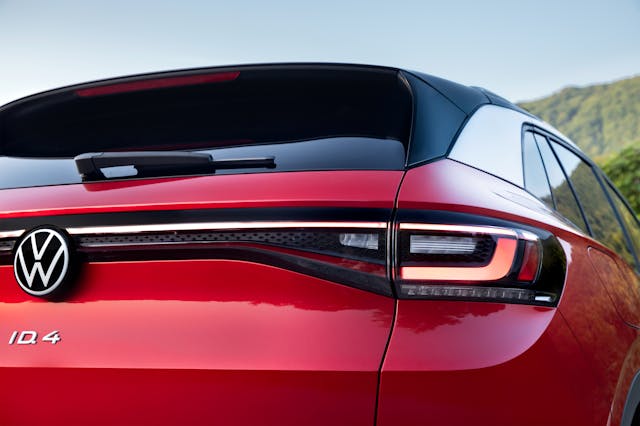
Intake: VW is putting its money where its mouth is when it comes to EVs. The company just announced a $7.1B investment in North American development and production of batteries and vehicles. That sum rivals Ford’s $7B commitment to product electric F-150s in Stanton, Tennessee and batteries in central Kentucky. Ford and VW use the same South Korean supplier: SK Innovation, which is attempting to finish construction of two battery plants in Georgia after LG Tech won an import ban on its rival importer from the United States Trade Commission after suing for misappropriation of trade secrets. (Ford and VW were excepted from the ban.) Internal-combustion models will begin to drop from VW’s portfolio beginning this year as the manufacturer aims to eliminate combustion engines by early next decade. Additional electric SUVs are headed stateside in 2026 to join the ID. 4, slated to begin production in this year and the reborn electric Microbus (ID. Buzz), due in 2024.
While VW is earmarking $22M for a Battery Engineering Lab in Chattanooga, and a “Center of Excellence” there and in Belmont, California, it’s unclear from this most recent announcement exactly what VW is planning to do about the battery packs and what role SK Innovation will play. What we do know: Motors will be built in Mexico by “the middle of the decade,” and the bodies and interiors of North American-market vehicles will be designed and engineered stateside by 2030.
Exhaust: VW is betting that, in eight years, 55 percent of U.S. sales will be all-electric. Given that BEVs currently comprise less than three percent of new-vehicle sales, according to the Department of Transportation, VW’s prediction seems par for the optimistic course. What is encouraging is VW’s focus on local engineering and design in addition to production. The latter saves on importation costs, but together the former two promise to give the U.S. more input on the VWs sold here.
GM to export “iconic” vehicles to China
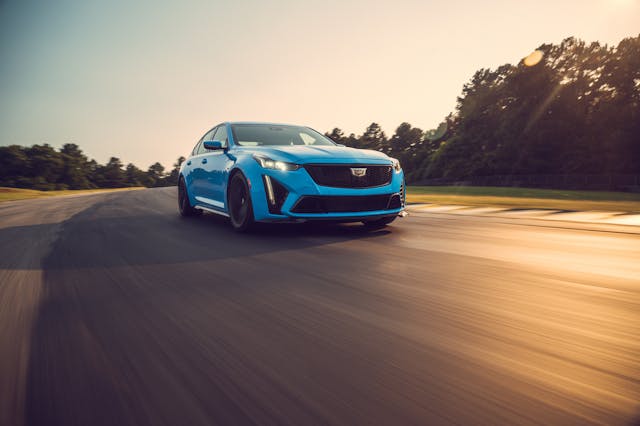
Intake: Barely three months after China lifted its requirement that all foreign automakers partner with a local brand, GM has announced a new business unit taking advantage of the opening. As GM president Mark Reuss tells CNN Business, this “startup” within GM will introduce “iconic” vehicles that China hasn’t yet seen, including “a pretty aspirational Cadillac.” Other specifics are scarce, but the selection will include both electric and internal-combustion models.
Exhaust: We initially thought that Reuss was referring to the upcoming Escalade V as the Cadillac in question, but the CT5-V Blackwing surely is an alternate possibility. Could an imported buffet of new-to-market, high-luxury vehicles give Chinese customers a taste for American-flavored products? Imagine the C8 Corvette, which is currently unavailable in China, becoming the country’s middle-class, gotta-have-it supercar. By volume, China is GM’s largest market. In 2021, GM delivered 2.2 million vehicles to the U.S. but 2.9 million to China. Behind the 1.4 million vehicles produced under GM’s local partner Wuling, which included China’s best-selling EV that year, Buick was the strongest GM brand. (Wuling is one of GM’s 10 joint ventures in China.) However, Cadillac’s sales report includes some interesting details: China preferred the CT5 sedan to all other Caddys, even the XT6 three-row SUV.
Suzuki is set to start selling flying cars

Intake: Suzuki has a signed a deal with Japanese flying car startup SkyDrive to work together on developing and marketing its vertical takeoff and landing vehicle. SkyDrive has already built a single-seater prototype and plans a two-seater craft that could fly for 30 minutes at up to 62 mph at a height of over 1500 feet. SkyDrive is backed by several other big Japanese companies including NEC and Eneos and aims to launch a flying-car taxi service in Osaka in 2025.
Exhaust: The arrangement with Suzuki focuses on opening the Indian market to SkyDrive, where Suzuki holds around 50 percent of the car market and is investing over $1 billion in a factory to produce EVs and batteries. Flying cars would become Suzuki’s fourth mobility business after cars, motorcycles, and outboard motors.


